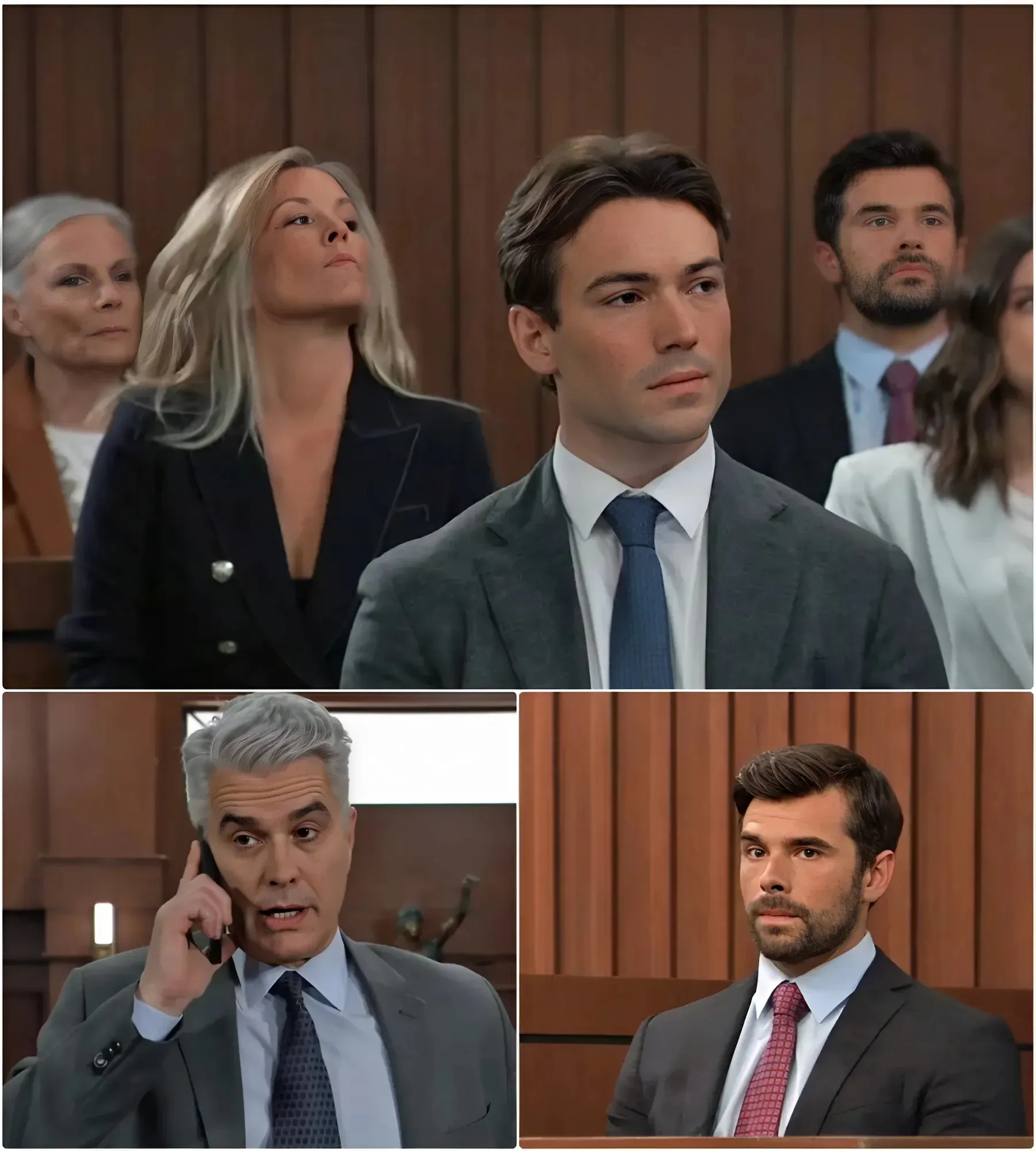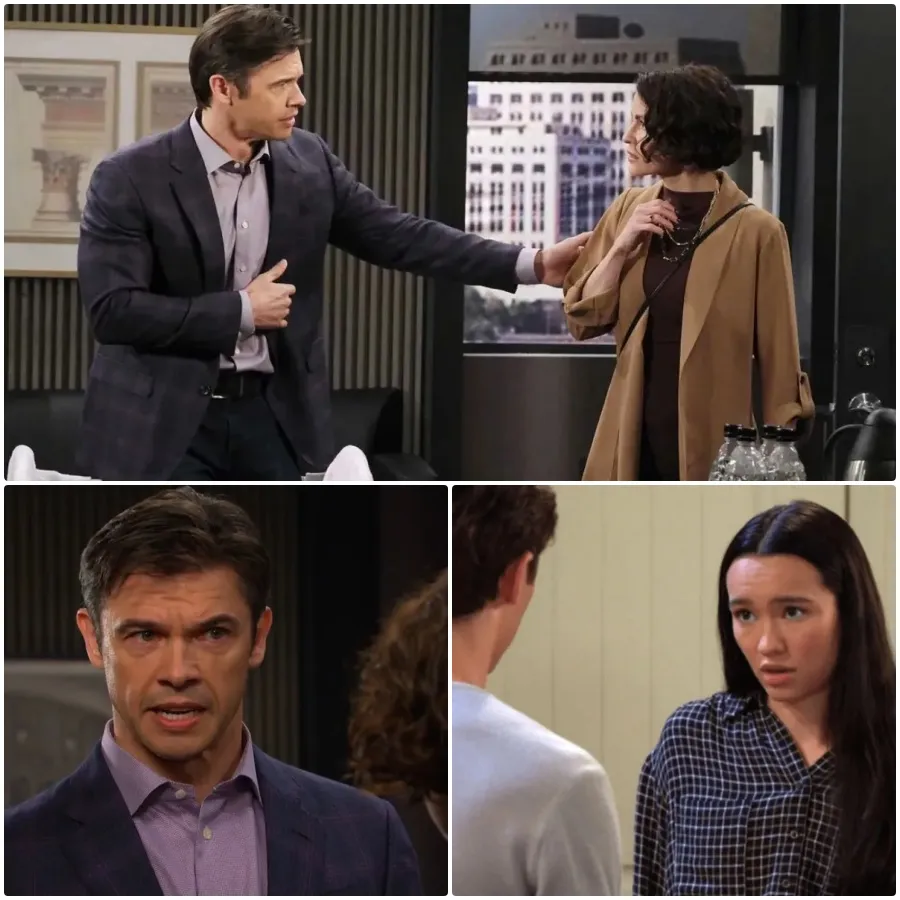Carrie Underwood, country music’s beloved superstar, has long captivated audiences with her powerful voice and relatable songs. Yet, alongside admiration, her personal life has frequently been the subject of rumors and misinformation—particularly concerning the facial injuries she sustained in a 2017 accident. What really happened, and how have false narratives clouded the truth?

The 2017 Accident: A Harrowing Reality
In November 2017, Underwood suffered a serious fall outside her home that resulted in a broken wrist and significant facial injuries. The extent of the damage was severe enough to require 40 to 50 stitches that night, followed by a lengthy recovery involving physical therapy for her wrist well into early 2018.
Despite this, speculation soon swirled, fueled by some fans and media outlets, suggesting that the scars visible after her recovery were the result of plastic surgery rather than accident-related injuries. However, credible sources and detailed timelines have consistently debunked these claims.
In a heartfelt New Year’s Day letter to her fan club in 2018, Underwood openly acknowledged her healing journey and expressed gratitude for the support she received, noting uncertainty about how much her appearance might change. This candid communication underlined a natural recovery process—not a cosmetic cover-up.
Trusted Coverage Confirms the Truth
Respected outlets like Today and Taste of Country documented the facts surrounding Underwood’s injury and rehabilitation, providing clarity and dispelling persistent rumors of elective surgery. The evidence is clear: Underwood’s scars are the real aftermath of an unfortunate accident—not the product of plastic surgery.
Beyond the Injury: Other Misconceptions
The confusion surrounding Underwood’s facial injury is part of a broader pattern of misunderstandings about the singer. For example, some assume she is a staunch Republican due to moments like her performance of “America the Beautiful” at Donald Trump’s 2025 inauguration and social media interactions opposing mask mandates. Yet, her political views are more nuanced; in 2012, she publicly supported gay marriage, emphasizing empathy for those denied the right to marry whom they love.
Other rumors include an alleged feud with actress Hilary Duff, linked to their hockey-player husbands’ acquaintances—a claim neither woman has confirmed or denied—and outdated portrayals of Underwood as arrogant or mean, based on unverifiable anecdotes.
The Challenge of Celebrity Speculation
Carrie Underwood’s experience illustrates the challenges celebrities face when personal hardships become fodder for speculation and misinformation. Her 2017 injury story reminds fans and observers alike to seek verified, respectful information rather than succumbing to rumors.
For those who admire her music and artistry, understanding the truth behind Underwood’s face injury—and recognizing the myths that have surrounded her—offers a chance to appreciate the resilience and authenticity of the artist behind the headlines.

-1751727112-q80.webp)

